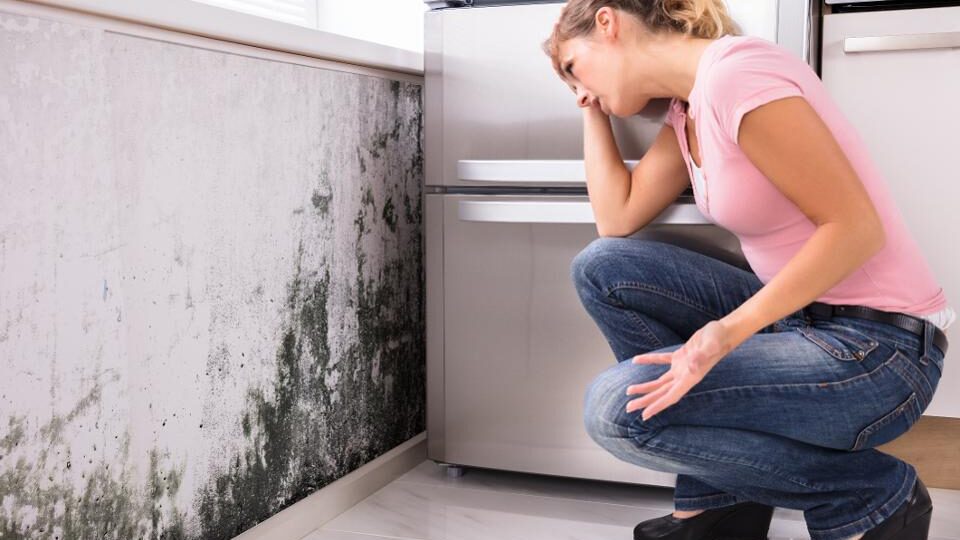
Mould is dangerous to be exposed to – it can release allergens, irritants, and toxic substances, and cause serious health problems. You must be aware of the different kinds that can grow in your home so you can identify mould before it grows into a big problem.
ICE Cleaning is a specialist cleaning company that offers mould removal services nationwide. Its Dew Point-accredited mould specialists can eliminate all the mould in your property, including mould in the air. In an emergency, they can be on site within hours.
Read on to learn more about the types of mould that you can find in your home.
Alternaria
This dark green and brown mould has a velvety texture and can often be found in showers, around the bath, and below sinks. It is sometimes a sign of water damage.
Alternaria is allergenic and can trigger allergic reactions including coughing, sneezing, and skin and eye irritation. It also produces mycotoxins, toxic compounds that can cause serious, sometimes fatal, asthma attacks in asthmatics. It is a form of black mould.
Aspergillus
This is a black mould which usually has white or yellow underneath, but it can come in different colours. It is allergenic but it can produce mycotoxins as well as cause aspergillosis, an infection that is linked to coughing up blood, chest pain, and shortness of breath.
People with weakened immune systems are particularly vulnerable to aspergillosis. Some kinds of aspergillus release aflatoxins, a carcinogen.
Cladosporium
A green, brown mould that looks like suede, it is often found on surfaces like carpet, fabric, and upholstery. It can also form dark green, brown, and black spots. Exposure has been linked to allergic reactions, and respiratory and breathing issues.
Cladosporium is one of the most common types of black mould that you can find in the home, and it can secrete mycotoxins.
Penicillium
Although this bluish, green mould is known for producing antibiotics, it can also cause health problems. If inhaled it may trigger respiratory issues, pulmonary inflammation, and asthma attacks.
It can often be found on water-damaged wallpaper, carpets, and ducts, and may be a range of other colours including white, yellow, and pink.
Stachybotrys
Known as “toxic black mould” it has a reputation for being a very harmful type of black mould. It is linked to sick building syndrome as well as neurological problems and pulmonary bleeding.
It can be dark green and black, and has a slimy texture. It can usually be found growing on surfaces that have been very damp for a long time.
No matter the kind of mould in your home, ICE Cleaning’s nine-stage professional mould removal process can eliminate it from your property. Its technicians can also diagnose the root cause of the fungus growth and advise in how to prevent it in the future. You can find out more about ICE Cleaning and its range of specialist cleaning services on its website.






